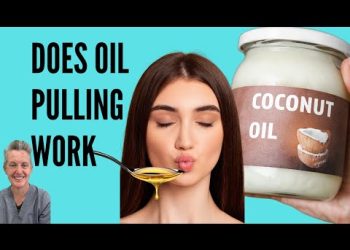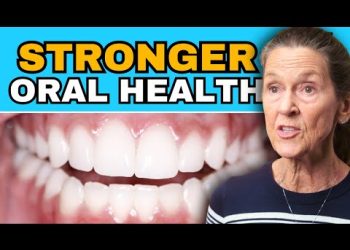Understanding Dental Plaque
Dental plaque is a sticky film of microbes that forms on your teeth. This biofilm acts like a protective calcium igloo for microbes and is a primary cause of various oral health issues, such as gingivitis, bad breath, and tooth decay. Even with regular brushing and flossing, dental plaque can still form, making it important to understand its underlying causes.
The Microbial Community in Your Mouth
Your mouth is home to the second-largest group of microbes in your body, with hundreds or even thousands of different microbial species. These microbes are mostly commensal, providing a sort of neutral occupation. While they aren’t harmful under normal circumstances, stress can shift their nature, making them pathogenic and leading to plaque formation.
Why Microbes Turn Harmful
Biofilms form when the normally friendly relation with microbes turns unfriendly or pathogenic. Various stressors can lead to this change, including poor dietary habits, consuming sugars, smoking, alcohol use, and even taking antibiotics. Identifying and minimizing these stressors can help maintain a healthy oral environment.
The Role of Mouthwash and Fluoride
Some commonly used oral health products might contribute to plaque formation. Mouthwash containing chlorexidine, for instance, can increase oral acidity and decay risk. Similarly, fluoride, which is present in most toothpaste and water supplies, lacks comprehensive study on its long-term effects and safety, prompting some to reconsider its use.
Questionable Fluoride Practices
Despite its widespread presence for over 60 years, fluoride in drinking water has never undergone randomized control studies. The form used isn’t pharmaceutical grade and comes from phosphate fertilizer byproducts, raising concerns about its safety and the entities overseeing its use. Installing a water filter to reduce fluoride could be a prudent choice.
Enhancing Oral Health Naturally
Instead of relying on conventional products, homemade or non-fluoride toothpaste options can be considered. These alternatives help avoid potential negative effects from fluoride while promoting better oral hygiene. A recipe for creating your own toothpaste can be a practical solution.
Restoring Microbial Balance
To combat pathogenic biofilms, reintroducing beneficial microbes is key. This can be done by consuming foods rich in probiotics, such as sauerkraut, kimchi, and kefir. These foods help establish a healthy microbial balance in the mouth, preventing harmful biofilms from forming.
The Benefits of Probiotics
Probiotics can support oral health by repopulating the mouth with beneficial microbes. They not only help reduce chronic halitosis but also lower the incidence of dental plaque, maintaining a healthy mouth environment.
Choosing the Right Chewing Gum
Chewing gum can also play a role in promoting oral health. Opt for sugar-free gums containing xylitol, which can naturally inhibit the growth of harmful bacteria and support the new beneficial microbial community in your mouth.
Conclusion: A Proactive Approach
Maintaining oral health extends beyond brushing and flossing. Understanding the microbial community, recognizing stressors, and making informed choices about oral products can significantly impact dental health. Adopting a proactive approach involving natural remedies and probiotics can help prevent dental plaque formation effectively.











